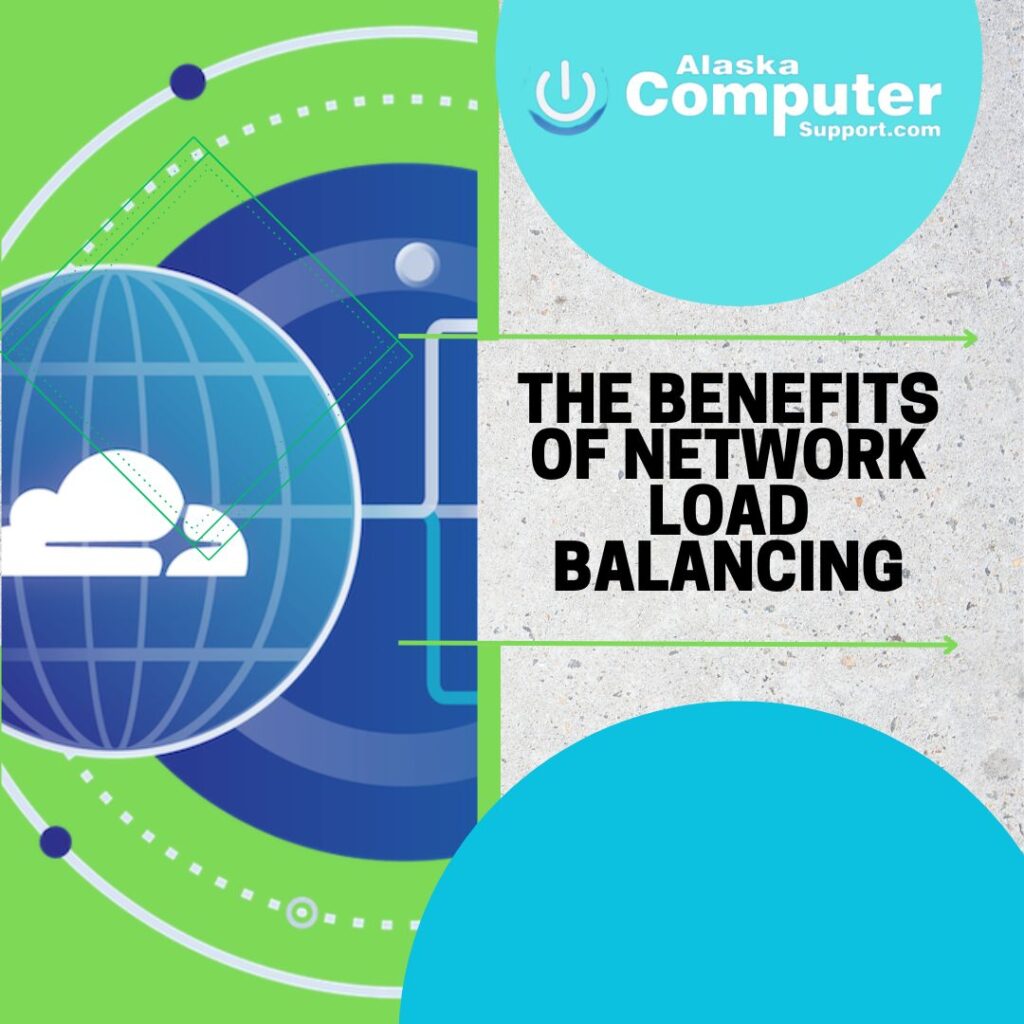The Benefits of Network Load

Network load balancing is a critical component in the modern digital landscape, where efficient distribution of network traffic is paramount. In this blog post, we will explore the numerous benefits that network load balancing brings to organizations.
Network load balancing can be defined as the practice of evenly distributing incoming network traffic across multiple servers or resources. This distribution ensures that no single server becomes overwhelmed, leading to optimized performance and improved user experience.
Throughout this post, we will delve into various advantages of network load balancing, including enhanced performance, scalability, high availability, increased reliability, flexibility, resource optimization, security, traffic management, and provide real-world case studies to highlight its practical applications.
Enhanced Performance
One of the primary benefits of network load balancing is its ability to enhance performance. By evenly distributing incoming traffic, load balancing prevents any single server from becoming overloaded. This balanced distribution ensures that all servers handle a reasonable share of the workload, effectively reducing response time and improving overall user experience.
When a server is overwhelmed with traffic, it can lead to slower response times, increased latency, and even service disruptions. Load balancing addresses these issues by intelligently routing traffic to the most available server, optimizing the utilization of resources and maximizing performance.
Scalability and High Availability
In today’s digital landscape, scalability is crucial for businesses to handle increased traffic and accommodate growth. Without network load balancing, scaling a system to meet growing demands becomes a challenging task. Load balancing acts as a solution to this challenge, allowing organizations to seamlessly handle increased traffic loads by intelligently distributing requests across multiple servers.
Additionally, load balancing ensures high availability and uptime. By distributing traffic across multiple servers, if one server becomes unavailable or experiences a failure, the load balancer can seamlessly redirect traffic to the remaining available servers. This redundancy and failover mechanism minimize the risk of downtime, ensuring continuous service availability for users.
Increased Reliability
Reliability is a critical aspect of any network infrastructure. Network load balancing improves reliability by incorporating fault tolerance mechanisms. In load-balanced environments, if a server fails or experiences issues, the load balancer automatically redirects traffic to other functioning servers, minimizing the impact of server failures and reducing downtime.
Load balancing achieves this by constantly monitoring server health and performance metrics. By detecting potential issues proactively, load balancers can take action to maintain a reliable and uninterrupted flow of network traffic. This level of reliability is essential for businesses that rely heavily on their online presence and cannot afford extended periods of downtime.
Flexibility and Resource Optimization
Load balancing offers organizations the flexibility to allocate resources effectively. With load balancers, organizations can dynamically adjust resource allocation based on demand. During peak traffic periods, load balancers can route traffic to additional servers to handle the increased load. Conversely, during low traffic periods, servers can be temporarily taken offline, resulting in significant cost savings and efficient resource utilization.
Furthermore, load balancing provides resource optimization by intelligently distributing traffic based on server capabilities. Servers with higher processing power or specific configurations can be assigned a larger share of the workload, ensuring optimal performance for each request. This level of resource optimization maximizes the utilization of server capacity, allowing organizations to achieve more with their existing infrastructure.
